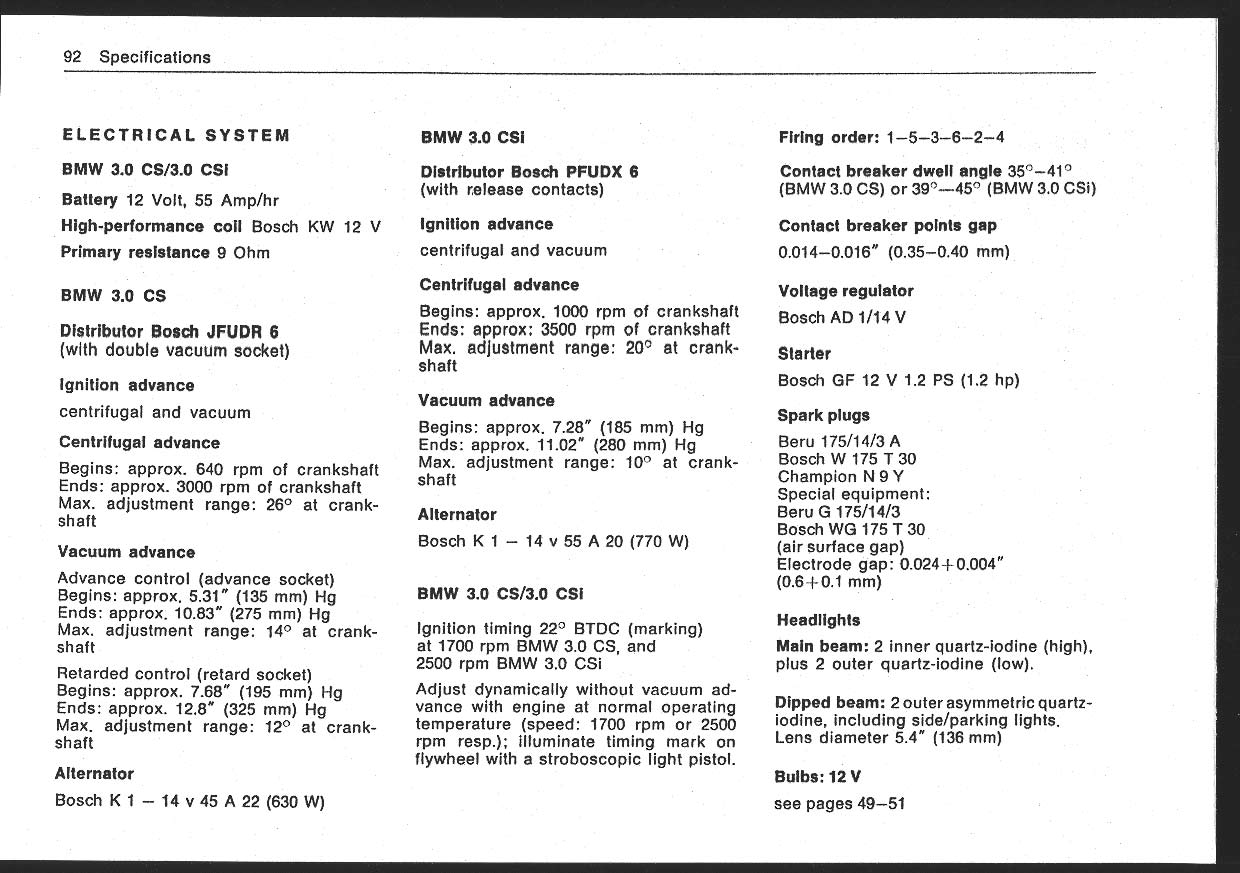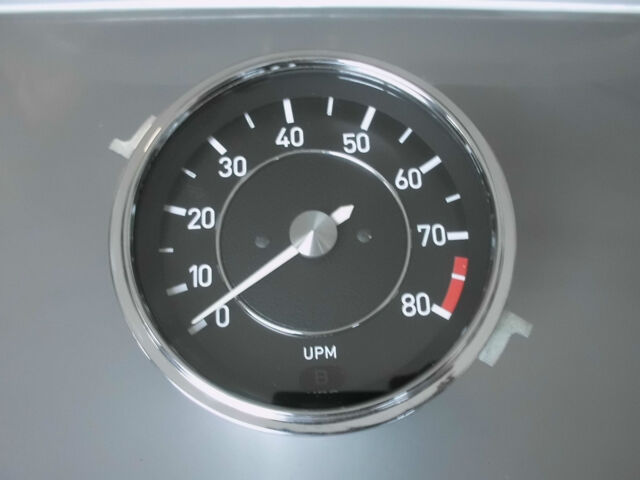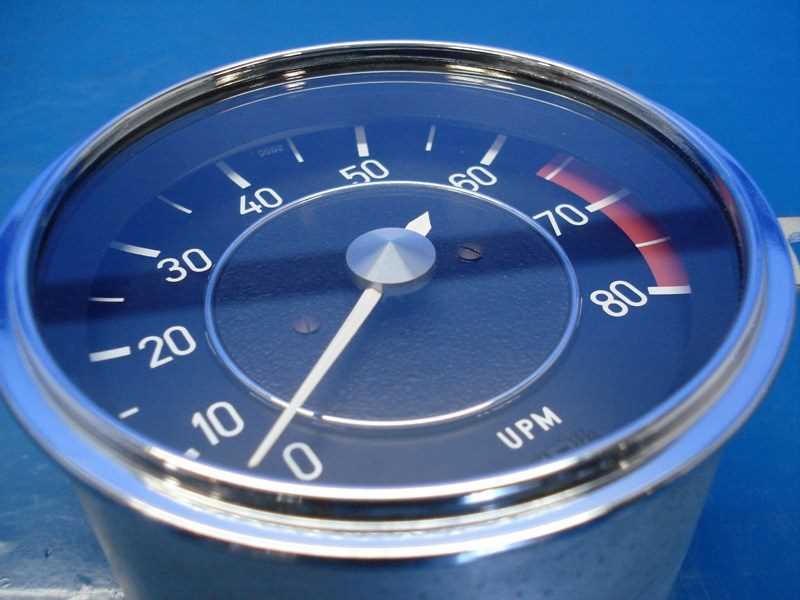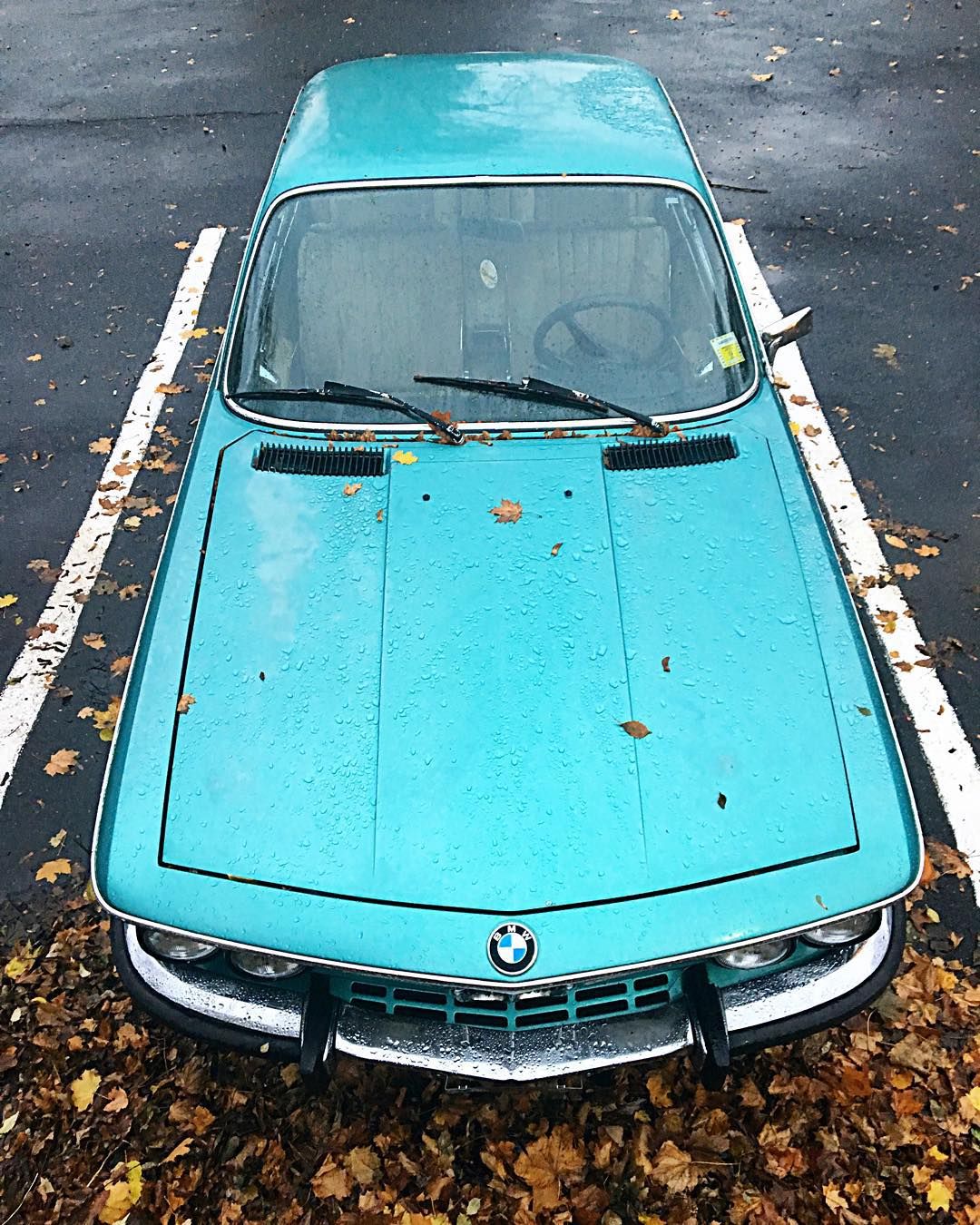Other than higher compression (8 vs 9:1), why are these curves so different? They have the same camshaft and bore/stroke, yes? Max all-in 35 degrees on CS vs 32 on Csi, and a much less later curve all the way up for the CSi. Reason I am asking is that I am researching timing theories and fiddling with my 123 distributor advance curves while taking into account my engine specs: euro piano top pistons, Schrick cam, and 3x Webers. Presently I am aggressively all in at 3k rpm and 35 degrees max, 15 degrees at idle. This is giving me ideas that I should have less timing, not more? I wish I had a dyno in my garage. Thoughts? @sfdon ? @stphers ? @Bueller?

You are using an out of date browser. It may not display this or other websites correctly.
You should upgrade or use an alternative browser.
You should upgrade or use an alternative browser.
Why is the CSi timing so much different than CS?
- Thread starter Stevehose
- Start date
It’s the compression? Remember also- no vacuum advance on Csi.
Retard only at idle.
You want timing maps for m90 and 10:1 euro spec engines?
Retard only at idle.
You want timing maps for m90 and 10:1 euro spec engines?
Last edited:
I might be wrong, but I think CS use a 264 degree cam, and the CSi use a 272 degree cam, same amount of lift.
Yes please! I'm not running any vacuum advance so I will experiment with this.It’s the compression? Remember also- no vacuum advance on Csi.
Retard only at idle.
You want timing maps for m90 and 10:1 euro spec engines?
Looks like same cams-same with USA section.I might be wrong, but I think CS use a 264 degree cam, and the CSi use a 272 degree cam, same amount of lift.
The big differences with the CSi are the distributor with trigger points, ECU, D-Jet electronic fuel injection & (MAP) Manifold Atmospheric Pressure Sensor.
I'm now running a 123 6-R-V-R-IE & use the switched base 'factory' curve. Fuel pressure for the CSi is 29 psi & CSiL is 35psi.
I'm now running a 123 6-R-V-R-IE & use the switched base 'factory' curve. Fuel pressure for the CSi is 29 psi & CSiL is 35psi.
Wladek
Well-Known Member
According to blue books both are the sameI might be wrong, but I think CS use a 264 degree cam, and the CSi use a 272 degree cam, same amount of lift.
"Camshaft identification:
BMW 2,5 CS 1 260°
BMW 2800 CS 2 264°
BMW 2800 CS 3 272°
BMW 3,0 CS 3 272°
BMW 3,0 CSi 3 272°
The 272° camshaft provides better compensation for the output fluctuations due to production tolerances.
Also refer to 13 71 001 for modifications on the intakt cross section opening."
I am a long way from "joining in the fiddle", but I am so happy this thread exists.
Curious @Stevehose. Any reason why you haven’t put a performance cam in your car? Totally seems like a “Steve’s” wheelhouse kind of job. 
Go figure. I thought all e9’s had a 272. When I think 264 I think of the US B34.
According to blue books both are the same
"Camshaft identification:
BMW 2,5 CS 1 260°
BMW 2800 CS 2 264°
BMW 2800 CS 3 272°
BMW 3,0 CS 3 272°
BMW 3,0 CSi 3 272°
The 272° camshaft provides better compensation for the output fluctuations due to production tolerances.
Also refer to 13 71 001 for modifications on the intakt cross section opening."
Go figure. I thought all e9’s had a 272. When I think 264 I think of the US B34.
Not to disappoint you, Don put a Schrick 284 in the head I got from him a few years agoCurious @Stevehose. Any reason why you haven’t put a performance cam in your car? Totally seems like a “Steve’s” wheelhouse kind of job.
Go figure. I thought all e9’s had a 272. When I think 264 I think of the US B34.
i’m
Did he do the install on your dining room
table?
Not to disappoint you, Don put a Schrick 284 in the head I got from him a few years ago
Did he do the install on your dining room
table?
I might be wrong, but I think CS use a 264 degree cam, and the CSi use a 272 degree cam, same amount of lift.
might be you or me wrong
me remember my cs is on 272 deg cam
US B34 had a 260, B35 and 10:1 B34 is a 264.Curious @Stevehose. Any reason why you haven’t put a performance cam in your car? Totally seems like a “Steve’s” wheelhouse kind of job.
Go figure. I thought all e9’s had a 272. When I think 264 I think of the US B34.
DAVE
Well-Known Member
Hi Don,It’s the compression? Remember also- no vacuum advance on Csi.
Retard only at idle.
You want timing maps for m90 and 10:1 euro spec engines?
Could I get a copy of the timing map?
Best regards
Dave
I should be clear- our maps are for engines built with Schrick cams
DAVE
Well-Known Member
Still need a copy of tour timing map.I should be clear- our maps are for engines built with Schrick cams
Regards Dave
Heading home tomorrow- been on the road for a couple of weeks.
tochi
Well-Known Member
- Messages
- 187
- Reaction score
- 93
The short answer is the two similar engines breath differently and therefore function differently. Consider different intake manifolds, different runner lengths, interior diameters and the fact that one engine has fuel delivered at the cylinder head inlet port while the other engine’s fuel is delivered much further from the cylinder head. This, along with compression ratio differences, allow for different power outputs, reached at different effective engine speeds. Perhaps . . . this accounts for variations in tachometer “red lines”? Another consideration is the source of comparable data. The Manufacturer amended its shop manual so that reported static compression specifications differed over the years. Some of this may have been due to various market production differences.Other than higher compression (8 vs 9:1), why are these curves so different? They have the same camshaft and bore/stroke, yes? Max all-in 35 degrees on CS vs 32 on Csi, and a much less later curve all the way up for the CSi. Reason I am asking is that I am researching timing theories and fiddling with my 123 distributor advance curves while taking into account my engine specs: euro piano top pistons, Schrick cam, and 3x Webers. Presently I am aggressively all in at 3k rpm and 35 degrees max, 15 degrees at idle. This is giving me ideas that I should have less timing, not more? I wish I had a dyno in my garage. Thoughts?
View attachment 157861






Last edited:
@Stevehose
I had to give up on my 123 because of oil leaks. Another story covered here.
Been running a stock distributor for a while now. I've noticed much easier revving to over 6500.
I just crank in all the advance I can without getting detonation.
Many of the M30 engine gurus that race have always said the M30 likes a lot of advance.
Mines probably at 36 or so.
10:5 compression and custom cam, probably Schrick 284 or so.
Bigger valves and dual springs.
I still have not gotten to the dyno but have that on the list this spring.
Talked to dyno guy a while back and just need to schedule.
Like was said differences in intakes and fuel delivery are probably those curve changes.
Webers are very direct so some pretty good advance early on. When I had the 123 I think I was all in by 3500.
I doubt you can feel those subtleties of those curves on acceleration. Low speed, maybe.
I had to give up on my 123 because of oil leaks. Another story covered here.
Been running a stock distributor for a while now. I've noticed much easier revving to over 6500.
I just crank in all the advance I can without getting detonation.
Many of the M30 engine gurus that race have always said the M30 likes a lot of advance.
Mines probably at 36 or so.
10:5 compression and custom cam, probably Schrick 284 or so.
Bigger valves and dual springs.
I still have not gotten to the dyno but have that on the list this spring.
Talked to dyno guy a while back and just need to schedule.
Like was said differences in intakes and fuel delivery are probably those curve changes.
Webers are very direct so some pretty good advance early on. When I had the 123 I think I was all in by 3500.
I doubt you can feel those subtleties of those curves on acceleration. Low speed, maybe.

